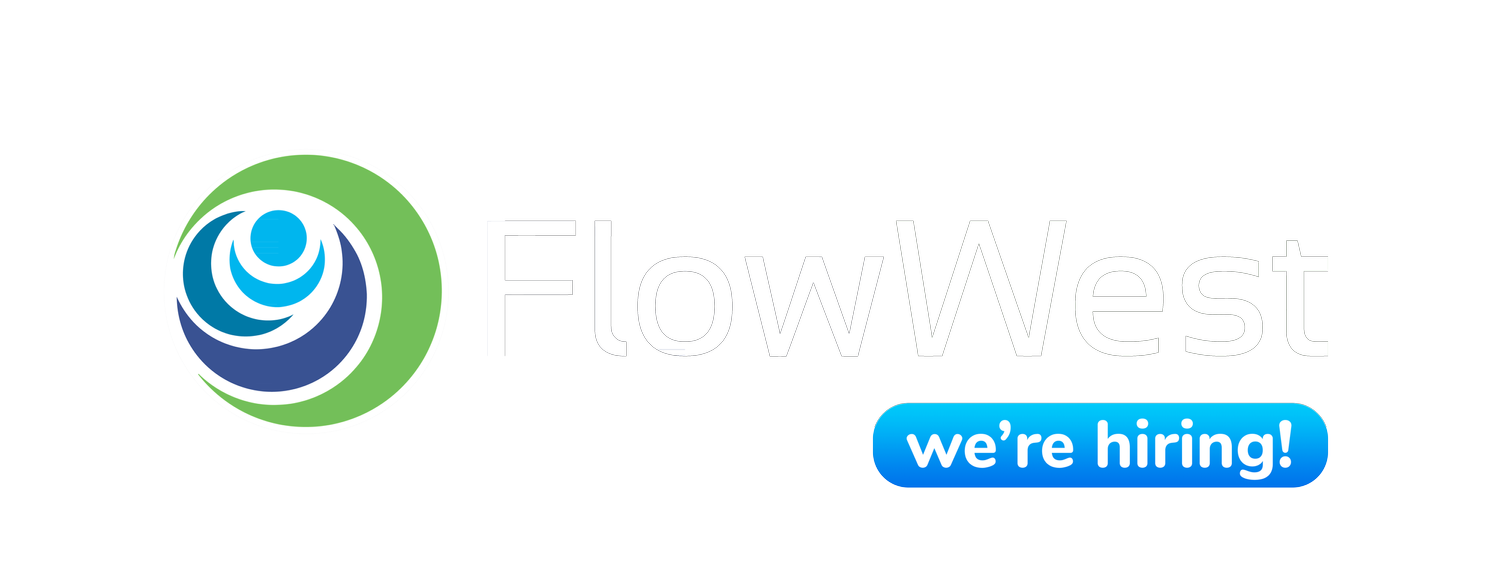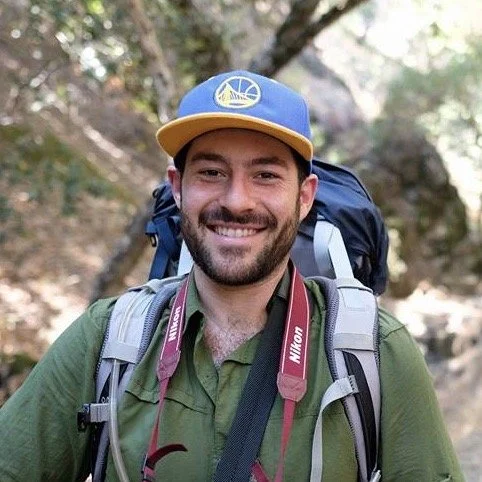How did you get into the environmental services sector?
I did a lot of outdoorsy activities as a kid; I hiked a lot, went to summer camp, and had environmentally-friendly parents. When I got to college I wanted to do something related to the environment. I landed on an Earth Sciences and Environmental Geology degree at UC Santa Cruz. I realized soon after graduating that it was impossibly hard to land the job I wanted without a Masters. So off to the Masters program I went. But I had to decide what to study – meteorology was too much chemistry, and I’d heard that whatever you do your masters thesis in is what you “are”. If you do your thesis on the structure of tornadoes, you will be “the tornado guy”.
I grew up in Marin county, where there was lots of flooding. All my grade schools flooded. Because of this, I chose Hydrology, got my Masters, and then looked around for work at water resources consulting companies. Nine months after my graduate degree I got hired in 2016, but only lasted eight months due to a lack of work. After a couple months, I found a new job at a very small company, just two other people. I stayed with this company for over four years, but yearned for bigger projects and more co-workers to learn from and hone my skills with, especially in AutoCAD Civil 3D.
My previous employer had put me through a couple AutoCAD and Civil 3D introductory courses, however, mimicking natural topography is hard to design the way civil engineers design roads. My current colleague, Cristen, teaches AutoCAD in a great way, with lots of rules and processes, and has helped me acquire new skills for design work. First, you go out and do a topographic survey to capture existing conditions, and then build digital elevation models (DEMs) in Civil 3D. These existing conditions DEMs get sent to Bethany in the modeling team, who runs hydrologic models to see what water flows do (or are expected to do) with different flow sizes. We use that info to build design DEMs, look at whatever we want to design for the project like bank/bed stabilization and creek restoration. It can also be used for helping with fish passage or restoring a degraded creek.
What are some of your favorite projects going on currently?
One of our founders, Anthony, had been put in contact with someone in Diablo, CA with a small creek stabilization / restoration project. Anthony asked if I wanted to be the project manager. This allows me to get to do a bit of everything - design, survey outside with Nick, client interface, and work with teammates like Ari who is the permitting environmental compliance specialist.






















